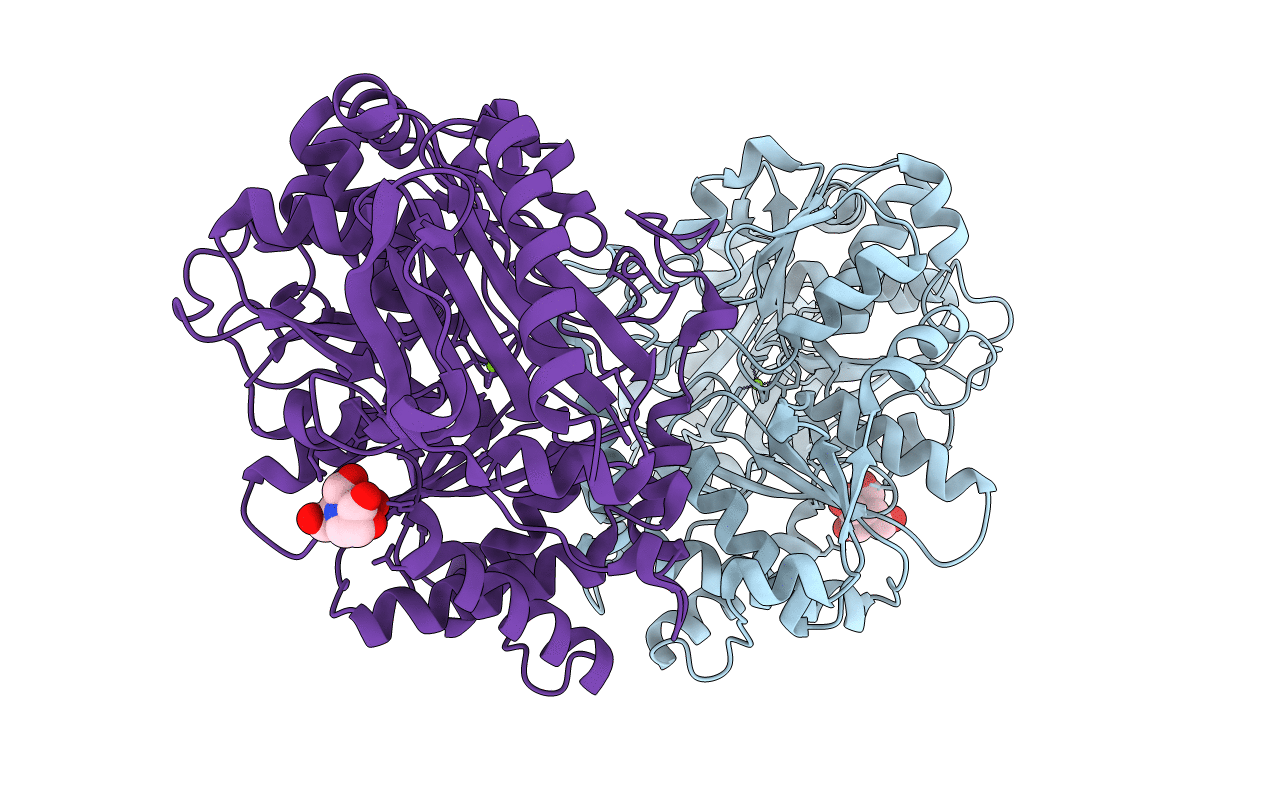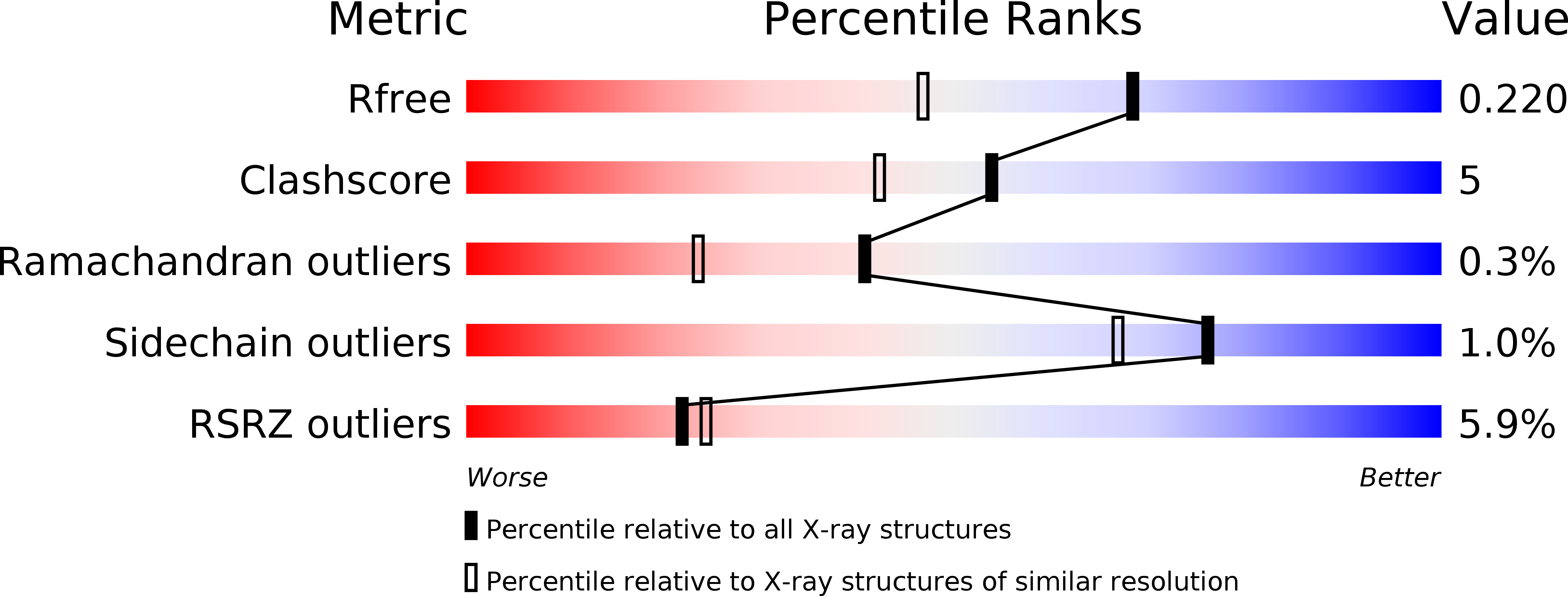
Deposition Date
2010-06-01
Release Date
2011-02-16
Last Version Date
2024-11-27
Entry Detail
PDB ID:
3NA5
Keywords:
Title:
Crystal structure of a bacterial phosphoglucomutase, an enzyme important in the virulence of several human pathogens.
Biological Source:
Source Organism:
Host Organism:
Method Details:
Experimental Method:
Resolution:
1.70 Å
R-Value Free:
0.21
R-Value Work:
0.18
R-Value Observed:
0.18
Space Group:
P 21 21 21


